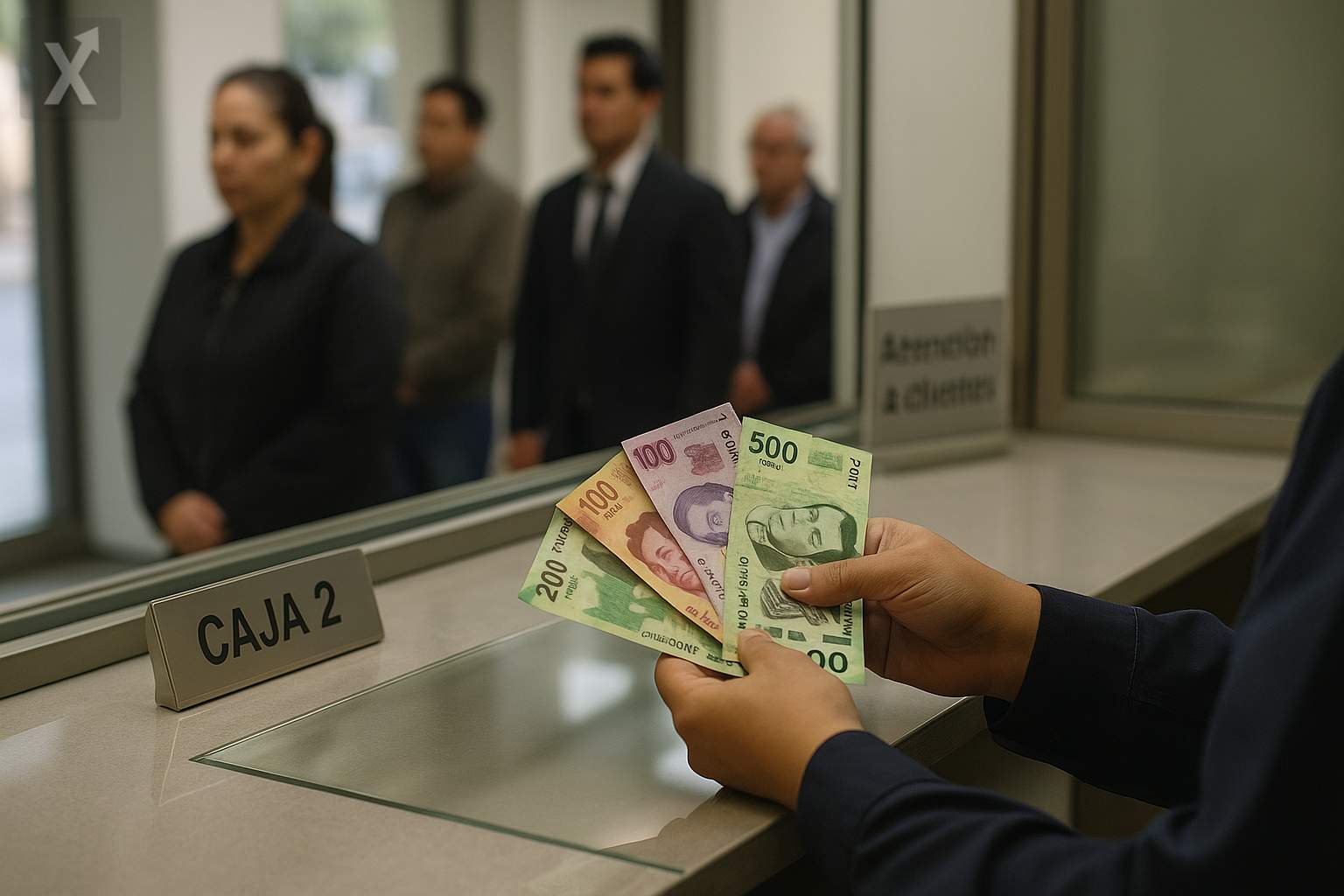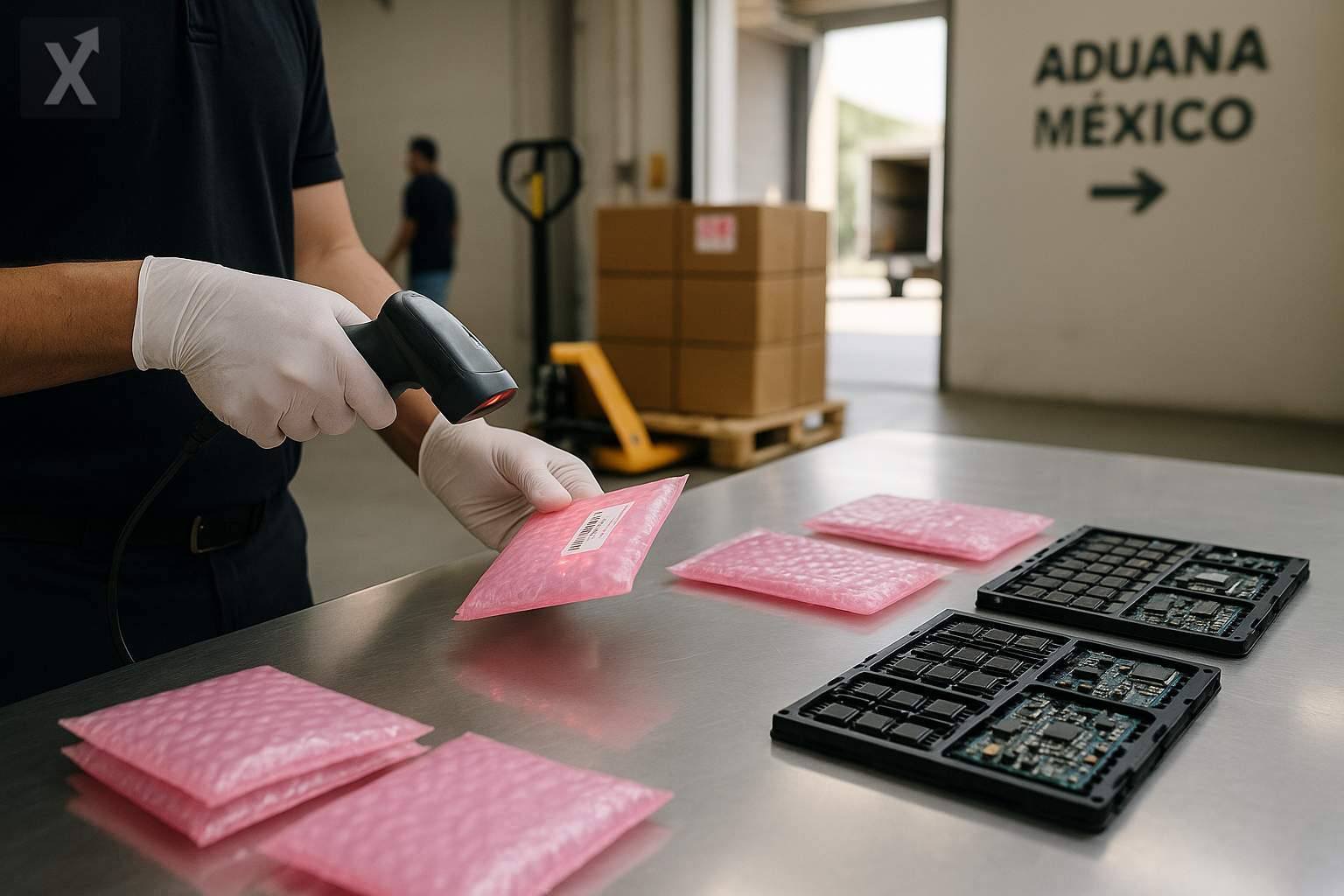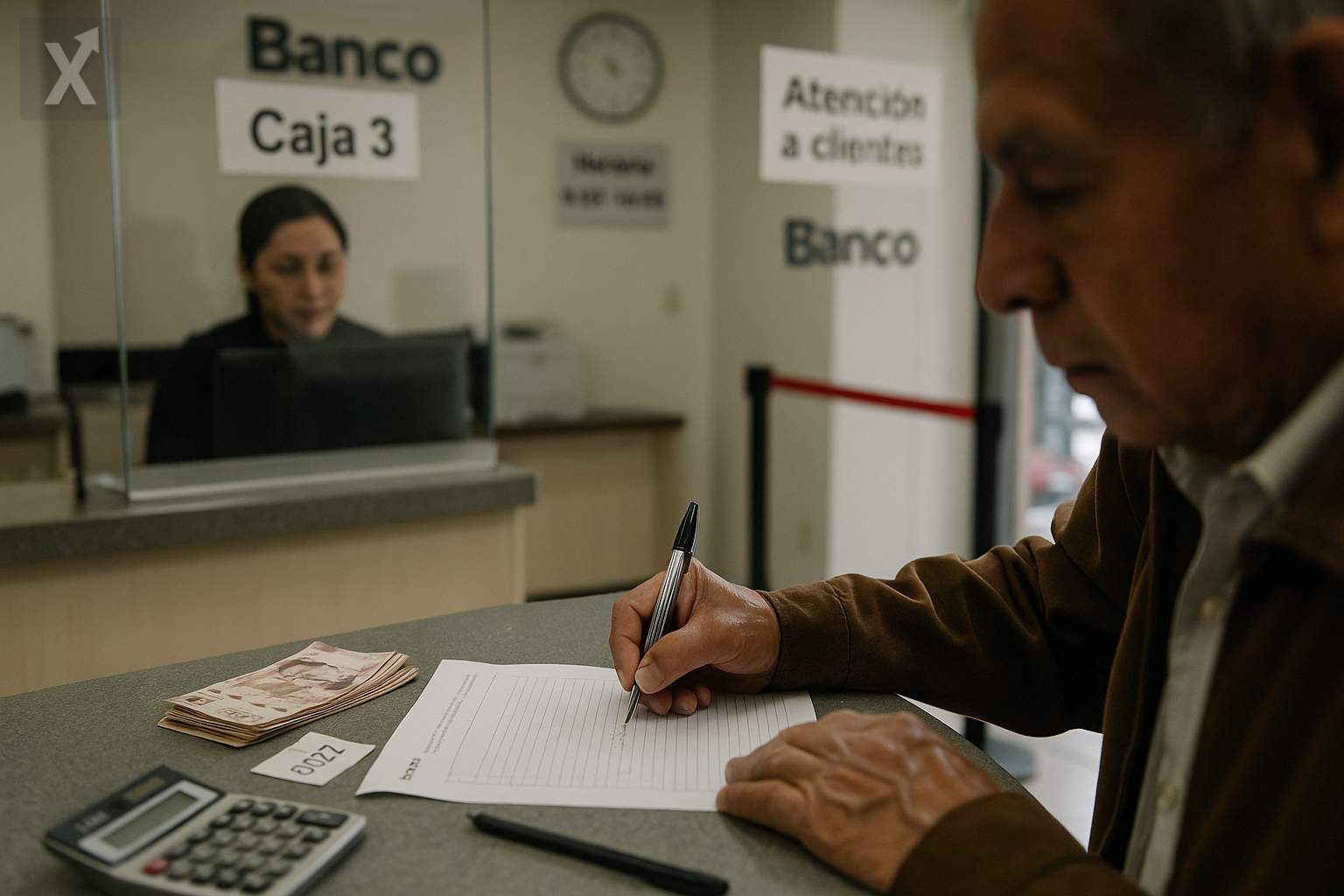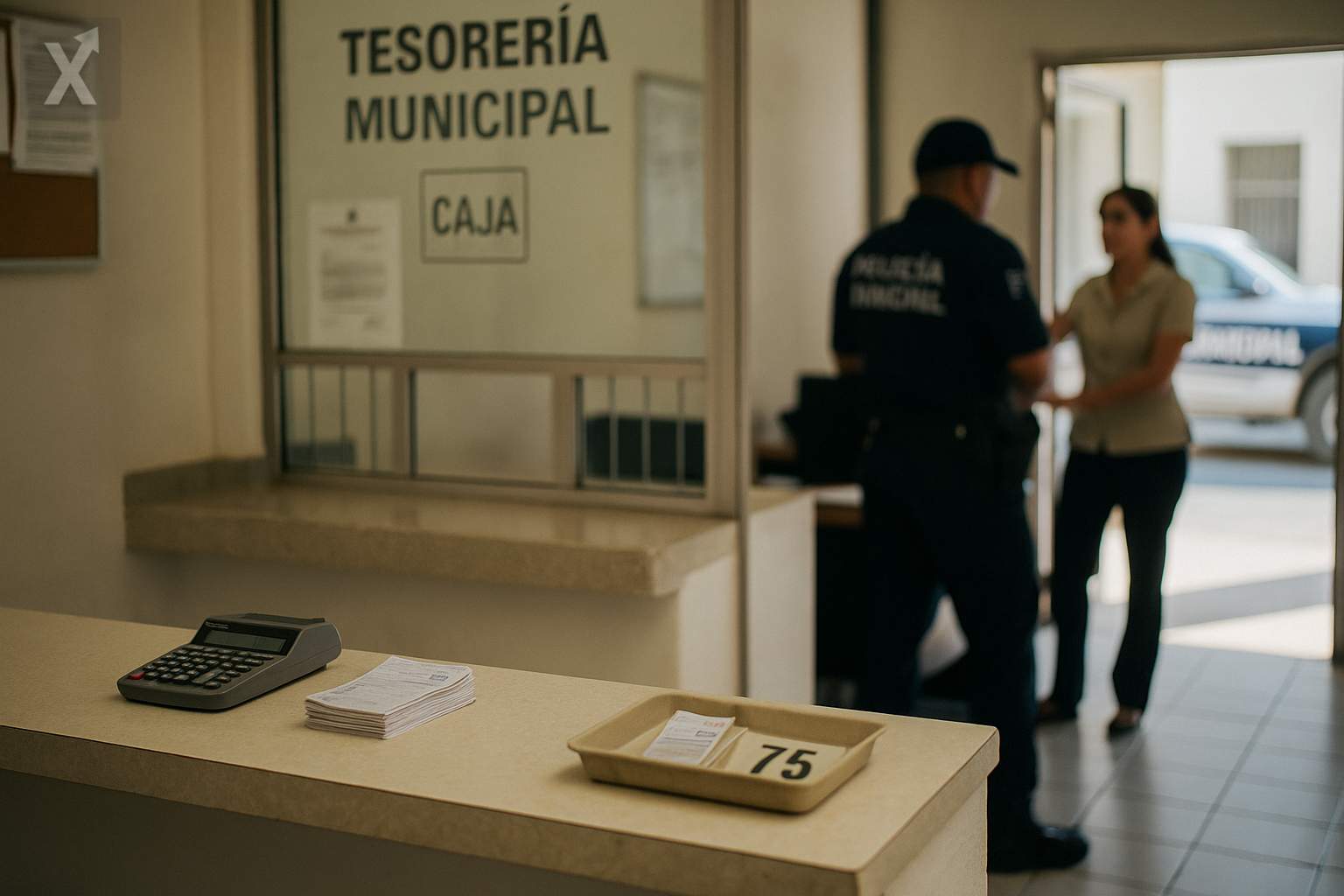Mexico Renews IMF Flexible Credit Line for Two Years and Reduces Its Size as Part of an Orderly Exit

The International Monetary Fund has approved the renewal of the Flexible Credit Line (FCL) for Mexico for another two years, following a request from the Ministry of Finance and Public Credit and the Bank of Mexico. The financial authorities decided to decrease the access level of the instrument from 300% to 200% of the country’s quota at the IMF, which amounts to SDR 17.82 billion—around 24 billion U.S. dollars. The FCL remains a precautionary backstop, available without ex post conditionality and designed to address severe external shocks.
The IMF Executive Board’s decision confirms that Mexico meets the qualification criteria for this facility, including a track record of prudent macroeconomic policies, a credible monetary and exchange rate policy framework, relatively sound public finances, and effective financial regulation and supervision. The reduction in the available amount forms part of a gradual exit strategy aimed at lowering commitment fee costs without undermining the country’s ability to respond to episodes of global volatility.
Mexico has had access to the FCL since 2009, when it was established during the global financial crisis, and has not made any drawings on the line. In recent years, the Foreign Exchange Commission has gradually decreased its size, in tandem with stronger economic fundamentals and the accumulation of international reserves. Currently, the central bank’s reserves exceed $200 billion, which, together with the FCL, bolster the country’s financial shield against capital outflows or terms of trade shocks.
The renewal comes amid a mixed risk environment. The Mexican economy has shown resilience, supported by strong manufacturing exports and the relocation of investments (nearshoring), while inflation has come down from its 2022 peaks and monetary policy remains in restrictive territory. Nevertheless, several risks remain: tighter global financial conditions for an extended period, episodes of currency volatility, a potential slowdown in the U.S. economy, and fiscal pressures linked to public investment and the needs of Petróleos Mexicanos.
For markets, the continuity of the FCL is generally seen as a confidence anchor that can help contain risk premiums and stabilize the exchange rate in the face of idiosyncratic or external shocks. The reduction in access, on the other hand, signals that the authorities perceive less relative vulnerability and seek to optimize costs, without forgoing a last-resort safety net. This approach aligns with the commitment to preserve central bank autonomy, maintain a sustainable debt path, and gradually consolidate public finances after a higher deficit in 2024.
Looking ahead, the challenge will be to turn increased investment inflows into sustainable productivity gains, which will require accelerating the expansion of electricity and logistics infrastructure, strengthening the rule of law, and ensuring regulatory certainty. At the same time, the macroprudential framework—including the FCL—will remain relevant to navigate an uncertain global environment and to mitigate the impact of external shocks on credit, financing costs, and the peso’s behavior.
In summary, the renewal and smaller size of the FCL reflect a combination of macroeconomic strength and disciplined risk management. The IMF’s backing, ample reserves, and a credible monetary policy underpin the country’s financial resilience, though fiscal consolidation, management of quasi-fiscal risks, and progress in productive capacity will be key to ensuring that this safety net leads to stronger growth and lasting stability.





